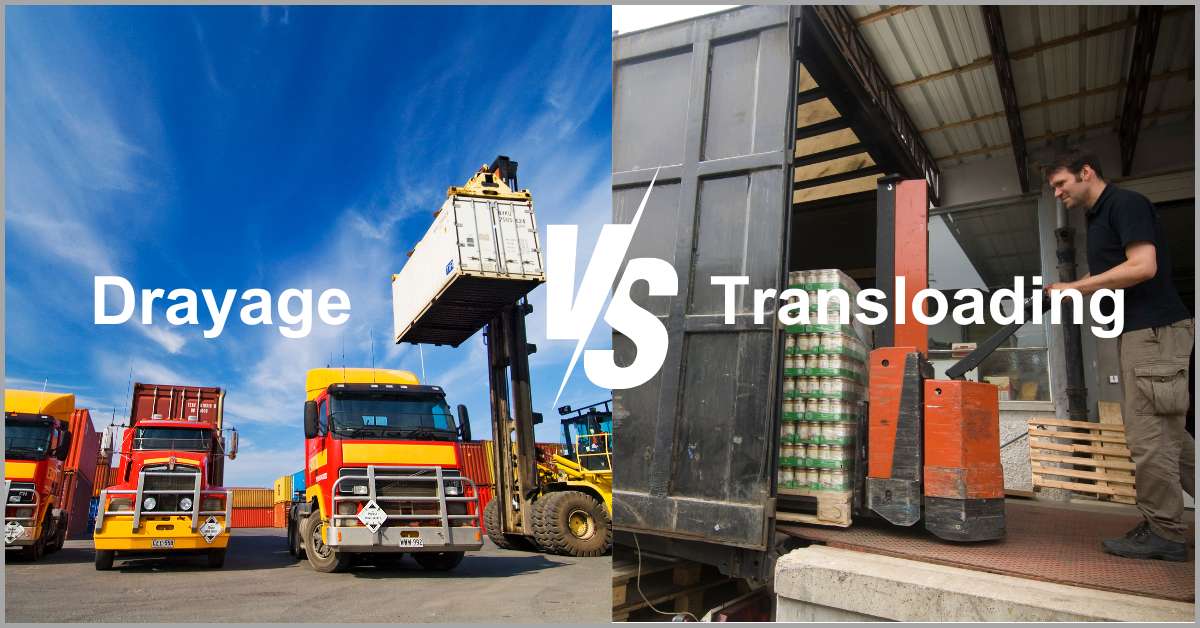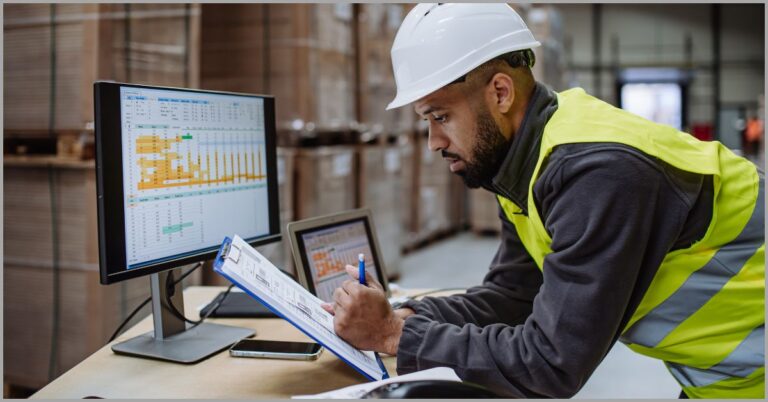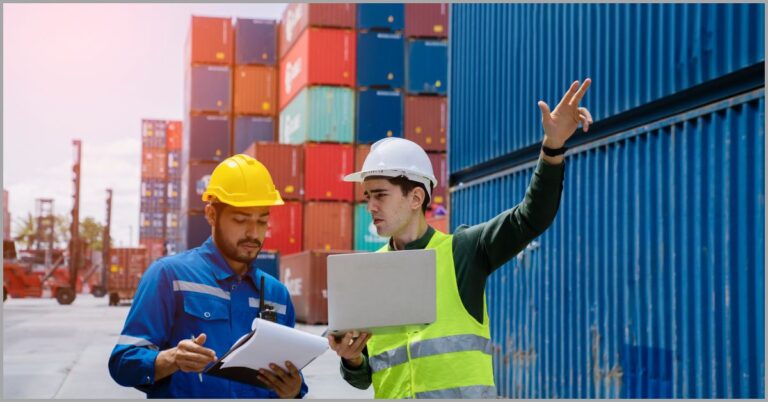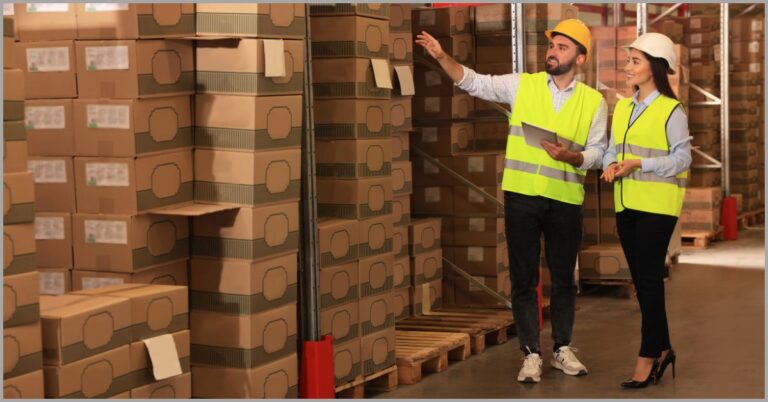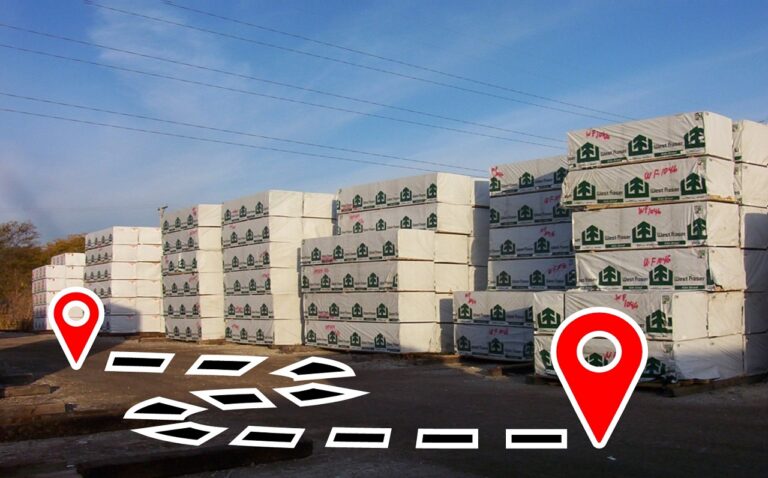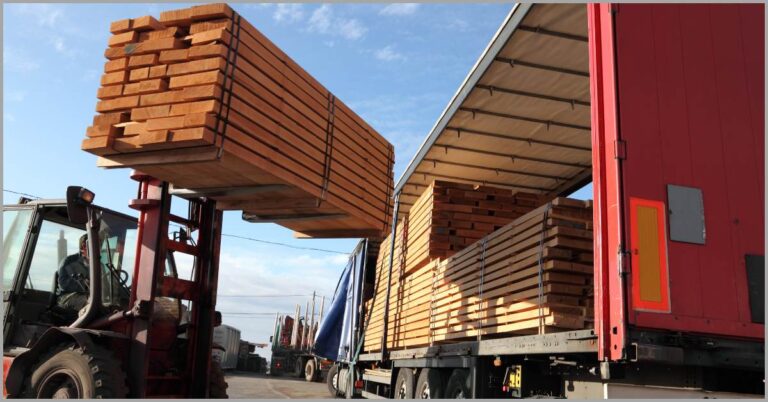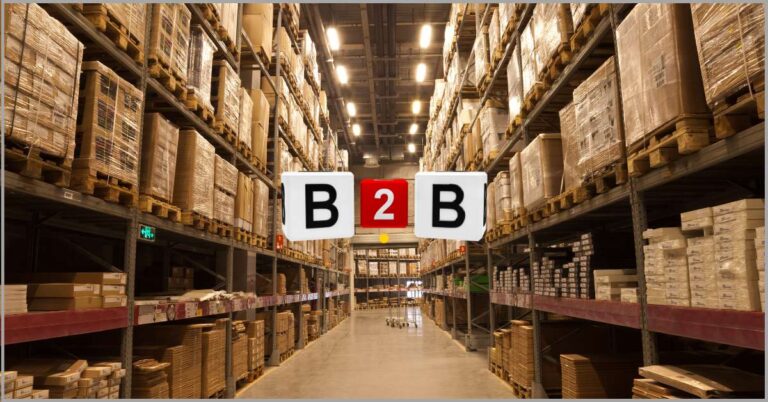Drayage vs Transloading Unpacked: Guide to Bridging the Gap for Modern Forwarders
Are transloading and drayage interchangeable terms?
They’re both useful freight brokerage strategies but they aren’t synonymous.
That said, not knowing when to use transloading or drayage can create additional shipping expenses, which limits your freight forwarding profit margins.
A Ti-Insight survey revealed that 91% of freight forwarders are struggling to raise profits. One key reason is they’re losing massive revenue during freight hauling.
So it’s very essential to get your shipping strategy right, which is why we’ll be getting into the transloading vs drayage analysis. We’ll discuss when and where each strategy is used, and situations that favor one strategy over the other.
With this information, you’ll optimize your freight forwarding processes to increase profit margins and provide extremely competitive rates to your customers.
If you’re thinking about diversifying your freight forwarding income, check out this article I wrote about coal transload shipping and how to get it right.
In this article, we’ll discuss drayage vs transloading and how it can bridge the gap for modern forwarders to help you increase revenue for your freight forwarding business.
Let’s get started.
What is transloading and drayage?
I. Transloading
What is transloading?
Transloading is the process by which you unload goods from one mode of transportation and onto another. A common example of transloading is when you transfer cargo between rail and trucks as they move through your supply chain.
Thanks to transloading, you can combine different means of transportation according to cost-efficiency, helping you to avoid high shipping expenses.
It is a great tactic to consider especially when you’re moving freight across long distances. You can combine high capacity rail to move goods across the long haul and then switch to trucking, which is more economical over short distances.
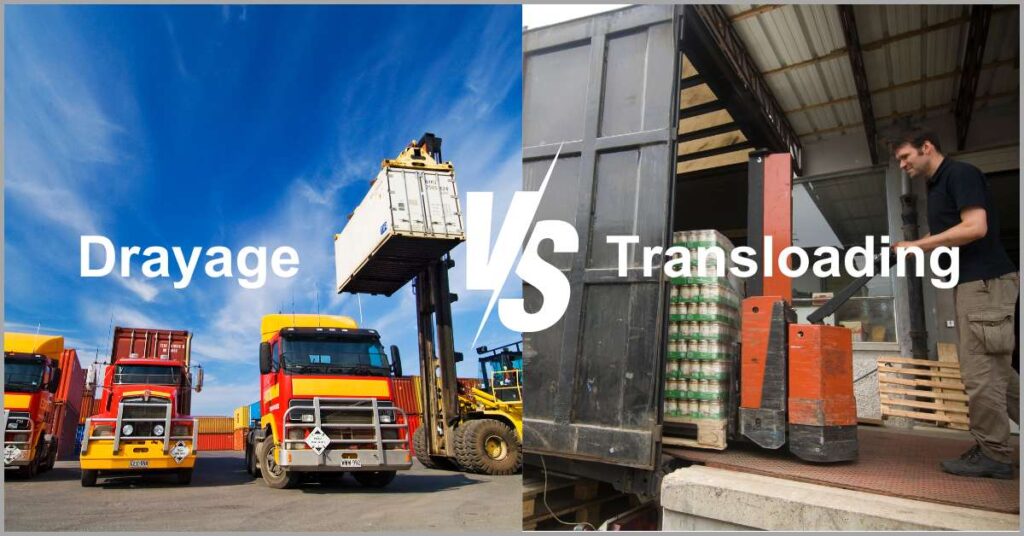
So during transloading, there’s typically an exchange of transportation. You can switch goods between railcars and trucks or even between two separate trucks, just like what happens during transloading and through trailer shipping scenarios.
Transloading may sound simple but it attracts a lot of complex logistics for your business. This is why I recommend using transloading software to simplify the process.
Click here to start your transloads.co trial & improve logistics efficiency.
With our software, you get full shipment lifecycle tracking with key timestamps and automated audit logs, both of which greatly streamline your transload shipping logistics.
II. Drayage
So what is drayage?
Drayage involves the transfer of freight, usually from an ocean vessel at a port, to a truck that will transport it over a shortage distance. It will take it either to a nearby warehouse for short-term storage or move it to the next mode of transportation.
So the main goal of drayage is to move containers away from the port, therefore reducing the effects of port congestion that can result in shipping delays.
Overall, it’s a strategy that’s quite popular during international shipping. If you ship commodities from overseas using containers, drayage services become necessary for moving the freight from the port to its next destination.
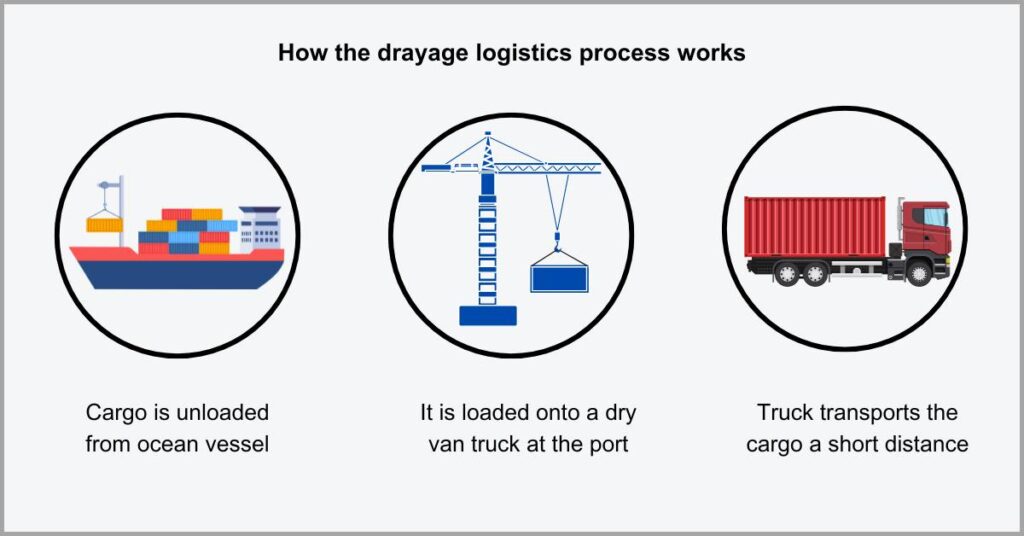
So one key difference with regard to transloading or drayage in this case is the use of containers. Whereas drayage mostly deals with containers, transloading can involve containerized as well as non-containerized goods.
This is also the case with transloading & intermodal shipping, where goods stay within a single container during shipping while transloading can break open containers.
That said, drayage often moves goods over short distances from port to port.
The truck may even just transport the container to a different location within the same container yard for storage, away from high-traffic areas to free up space.
Differences between transloading and drayage
1. Distance covered
What type of distance is involved in either case?
When it comes to transloading vs drayage, distance is a key differentiator. Drayage typically involves short distance freight hauls while transloading is more synonymous with longer distances, although it can also facilitate short distance freight movement.
One key challenge with transloading, therefore, is that it attracts more complex logistics due to distance and the use of multiple modes of transportation.
In fact, complex logistics is a top challenge for over 41% of professionals involved in the logistics sector, according to a recent survey by Sixfold. Some of the factors that greatly contribute to these complexities are multimodal shipping operations.
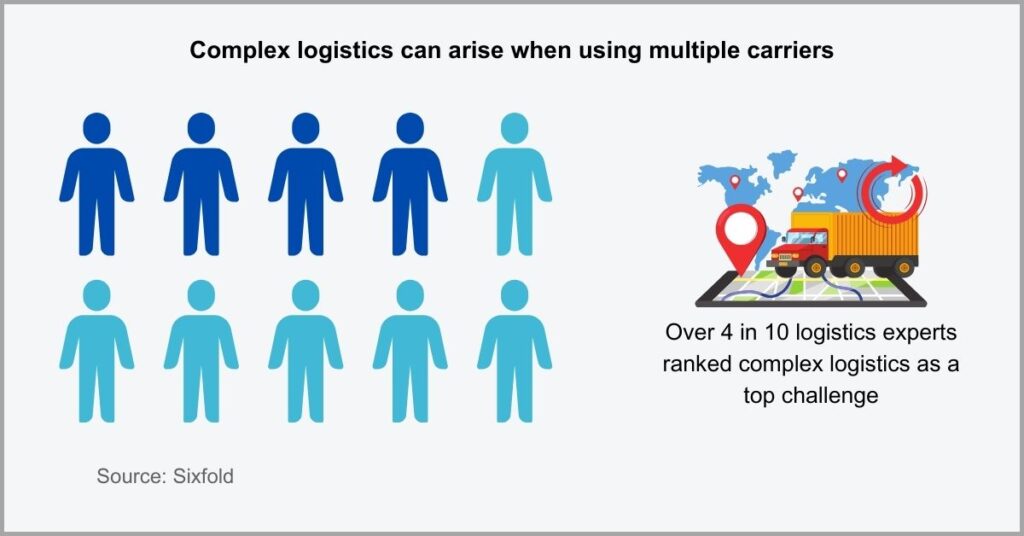
Transloading, meanwhile, usually involves long term freight hauling.
Whereas it may not offer the simplistic logistics of a trucking-only solution, it proves the more economical option in such cases. For example, rail to truck transloading can save on shipping costs since it offers greater fuel efficiency than trucks over long distances.
It also provides a higher freight capacity, considering that you move four truckloads worth of cargo in one railcar, which is another reason why it’s economical.
That said, transloading may involve long turnaround times since there are longer distances involved as well. Drayage, meanwhile, is typically a quick and short process because it usually entails trucking and freight movements over short distances.
2. Mode of transportation
Transload shipping can be intermodal in nature.
This means that you can switch freight between trucks, rail and ocean vessels according to your needs and preferences. Drayage, on the other hand, usually involves a single form of transportation, usually a truck pulling a dry van trailer.
So drayage is primarily reliant on trucking and restricts your choice of carriers, which makes you more susceptible to disruptive events in your supply chain.
A survey by Transporeon showed that 50% of shippers said trucking is the most broken aspect of their supply chains. They blame truck-only shipping strategies for a good number of logistics delays and supply chain disruptions.
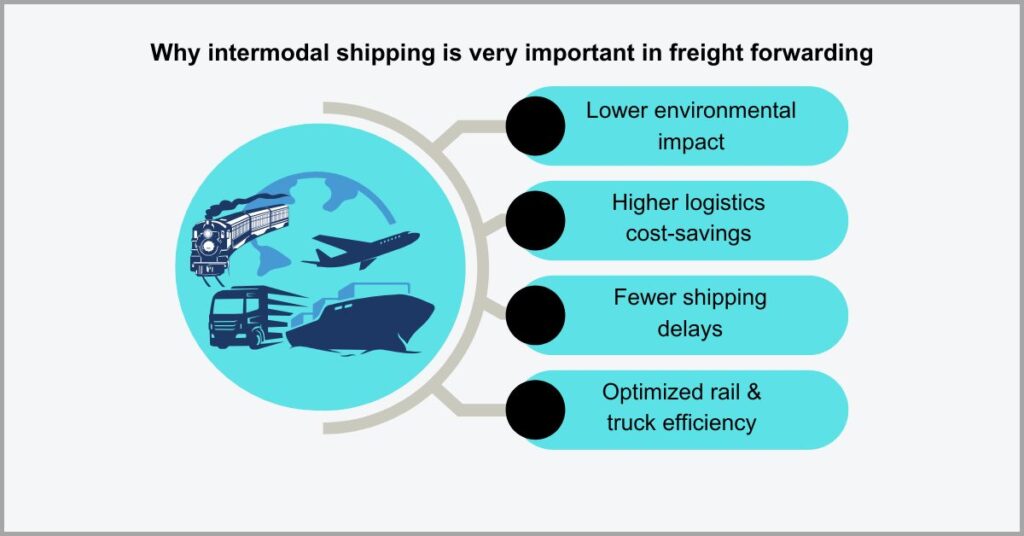
Therefore, another notable distinction in this transloading vs drayage discussion is the modes of transport used, which directly affects your supply chain resilience.
Let’s consider the example of butane transloading shipping over long distances.
In this case, you might need special, heavy-duty LPG trucks to move your freight from one point to another. If a specialized dry van truck for transporting dangerous goods isn’t available, this means having to wait for long periods at ports.
Transloading enables you to transfer your freight from truck to rail tankers, so you can still move your shipment even if one form of transport isn’t available. This is another important transloading and drayage difference that can affect shipping timelines.
3. Carrier capacity
So what is the capacity of a drayage carrier?
It’s essential to point out that a drayage carrier is typically a trucking company that provides a dry van which carries about 20 tons of cargo, compared to a railcar which can easily hold 105 tons of freight or more.
Therefore, drayage can result in limited freight capacity, which means that you’ll only be able to move smaller & fewer shipments, which limits your profit margins.
A survey by Inbound Logistics revealed that 52% of shippers said finding excellent freight capacity is a top challenge. One key reason is relying on a single form of transportation like trucks, which offer limited freight carrying volumes.
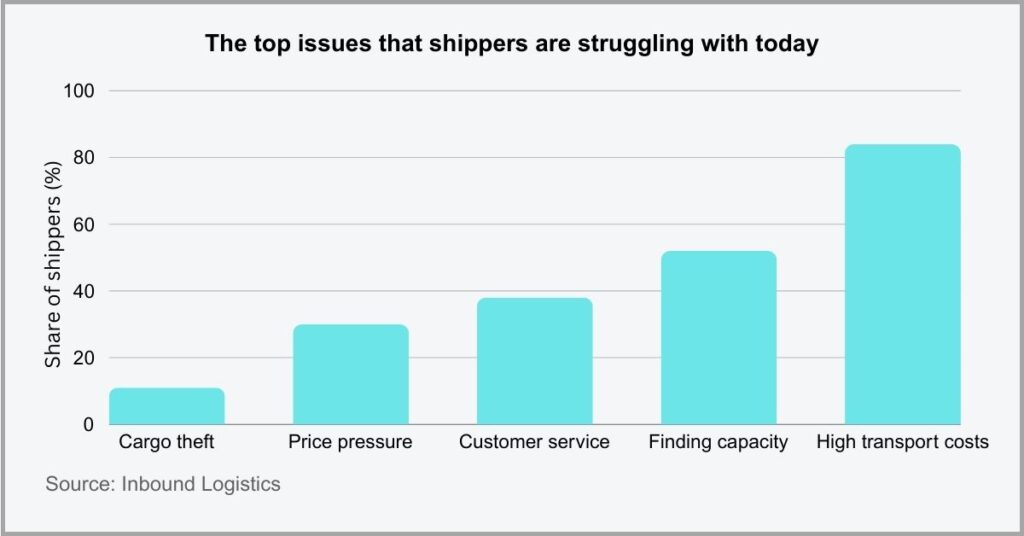
Transloading emerges victorious when you’re moving large volumes of shipment.
This is because, with rail transload shipping, for example, you get higher carrier capacity. With one railcar able to accommodate up to four truckloads or more worth of freight, you can move larger volumes of shipment at a go.
If you’re thinking about setting up a transloading yard and eliminating the middleman and by offering this service to your customers, we can help.
Click here to get our premium support services for starting a transload yard.
With our assistance, you can get your transloading facility up and running, market it to the right clients, and optimize operations to improve throughput and efficiency.
4. Nature of facilities
Transloading typically happens at a transload yard.
This is a facility that leverages special equipment like transload pumps and conveyors, which allow for a break bulk system of shipping. So it enables freight consolidation and deconsolidation so you can merge or separate freight during transportation.
With drayage, you may need to dedicate an entire truckload exclusively to one shipment, which inflates shipping expenses during freight forwarding.
In 2022, nearly 45% of shippers reported shipping partially empty truckloads, according to a study by FlockFreight. It further adds that 25 feet of linear deck space remained unused, which is a very worrying statistic that points to very huge revenue losses.
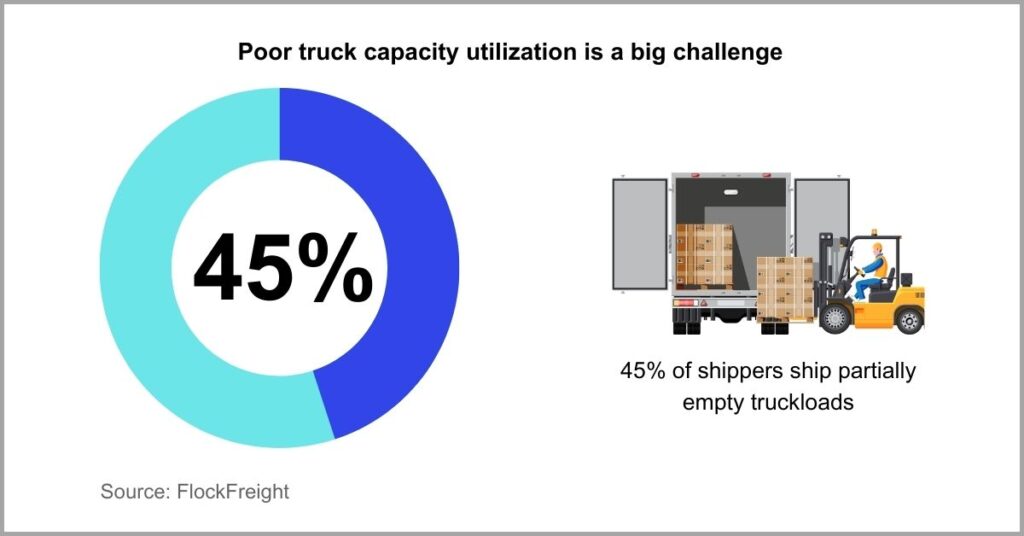
While some types of transloading facilities may offer transloading with drayage as a value added service, it’s clear that they both involve different facilities and tools.
That said, drayage usually takes place at a busy ocean port or container yard, among other similarly specialized facilities, typically located near ocean shipping lines.
This facility and its equipment doesn’t usually offer break bulk shipping. Instead, your container is transferred straight to a dry van truck directly from the ocean vessel, which means that there’s often no cargo consolidation or deconsolidation involved.
As a result, transloading becomes an important strategy when you want to merge shipments from multiple clients to ship them more efficiently during forwarding.
5. Freight reworking
What is freight reworking in shipping?
Freight reworking is the process of unloading cargo & then restacking, repairing and even re-palletizing goods. Transload services often include freight reworking whereas drayage does not, which is another reason to not confuse transloading with drayage.
With drayage not offering freight reworking, poor space utilization occurs while you also miss out on opportunities to provide value-added services to clients.
A study by the ECU revealed that 25% of freight forwarders view value added incentives as crucial to their success. By providing freight reworks and addressing other complementary needs of your market, you can stand out & win over even more clients.
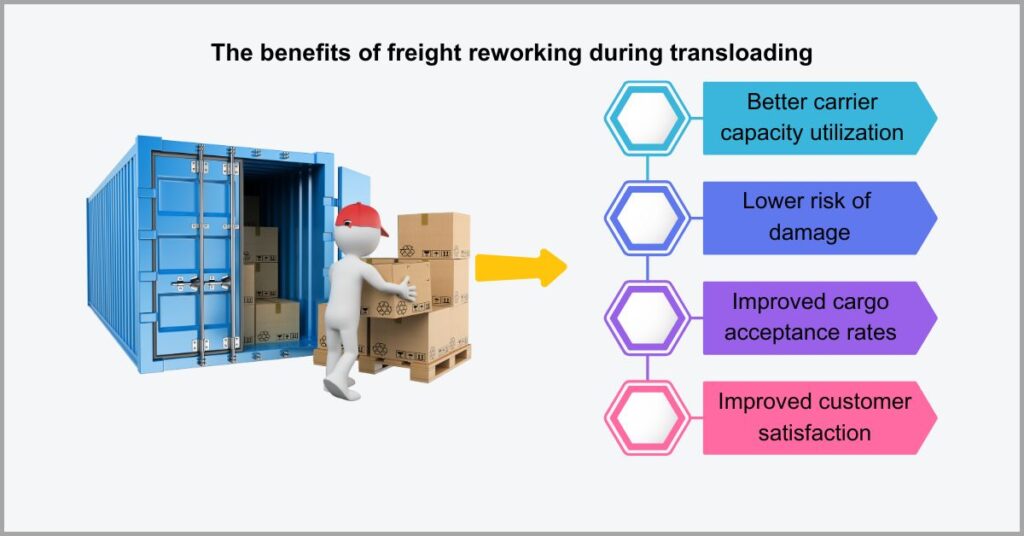
Transloaders can offer various types of freight reworking services.
One of those can be palletization, which entails placing boxes or goods on a platform called a pallet, and binding them together to consolidate the cargo.
It’s a strategy that helps to solve common transloading challenges such as poor space utilization because it improves the stackability of goods. Beyond that, reworking can also repair damaged packaging to reduce the risk of cargo rejection by your client.
This is one huge reason why choosing transloading with drayage services is very commonplace. It helps to eliminate the shortcomings of drayage, enabling you to maximize space utilization and profit margins for your freight forwarding business.
How to choose between transloading or drayage
a) Consider the type of freight
Drayage is great for certain types of goods.
While dry van trucks can carry pallets, boxed and even loose freight, they are unideal for certain types of freight such as cold chain cargo. This is because such trucks typically don’t have specialized cooling equipment.
So drayage can limit the types of freights your freight forwarding business can move, also because of the fact that this service handles containerized goods.
A Statista survey showed that 862 million twenty-foot equivalent units (TEUs) is the average port container throughput, a trend that’s set to increase. This points to rising demand for containerized shipping so drayage will still remain relevant nonetheless.
But how do transloading and drayage differ in this case?
Transloading can handle both containerized and non-containerized goods whereas drayage typically involves container transfers.
So with coal transload shipping, for example, you can ship non-containerized freight like coal, soda ash & grains. It enables you to transfer cargo from trucks into open railcar wagons, which are suitable for moving large shipments of non-palletized goods.
Transloading is also great when you\re shipping cold chain cargo. You can leverage refrigerated box cars to preserve the integrity of goods like pharmaceuticals.
That said, going with drayage or transloading significantly boils down to considering the type of freight you’re moving and choosing a service that can handle it best.
b) Assess freight reworking needs
Do your clients need freight deconsolidation or repackaging?
This is another important criterion to think about in our transloading vs drayage debate. You may have a client who needs to break apart a single shipment, perhaps even palletize and repackage it to send it to different markets.
Since drayage doesn’t offer break bulk services, you may not meet the needs of clients with diverse shipping needs like palletization & deconsolidation.
A survey by Logixboard revealed that 78% of shippers consider customized attention and services like freight reworking when choosing freight forwarders. Transloading can help you address these unique concerns and improve customer satisfaction.
But that doesn’t mean that drayage is outrightly bad.
While it doesn’t involve freight deconsolidation or reworking of any kind, it can still be a very effective strategy during containerized bulk shipping. In such instances, there’s no need to break open containers and repackage its contents.
So drayage enables you to perform quick container transfers at ocean ports, making it one of the most popular warehouse management trends for time-sensitive shipping.
Furthermore, another key difference in this transloading vs drayage discussion that becomes apparent is material handling. But this is a huge benefit of transloading, because you can palletize and rework client goods to meet unique shipping needs.
c) Examine shipping routes
Transloading typically takes place on a domestic scale.
If you need to move freight between different modes of transportation across a domestic shipping region, it proves very ideal. Drayage, conversely, often entails transferring cargo from port to port to get around congestion and container shortages.
So drayage logistics are commonplace during international ocean freight shipping, and it’s a service that can help you avoid port congestion.
UNCTAD revealed that 80% of international freights are transported by sea and mostly using containers. In such cases, drayage can be a great option to help you perform efficient port-to-port transfers.
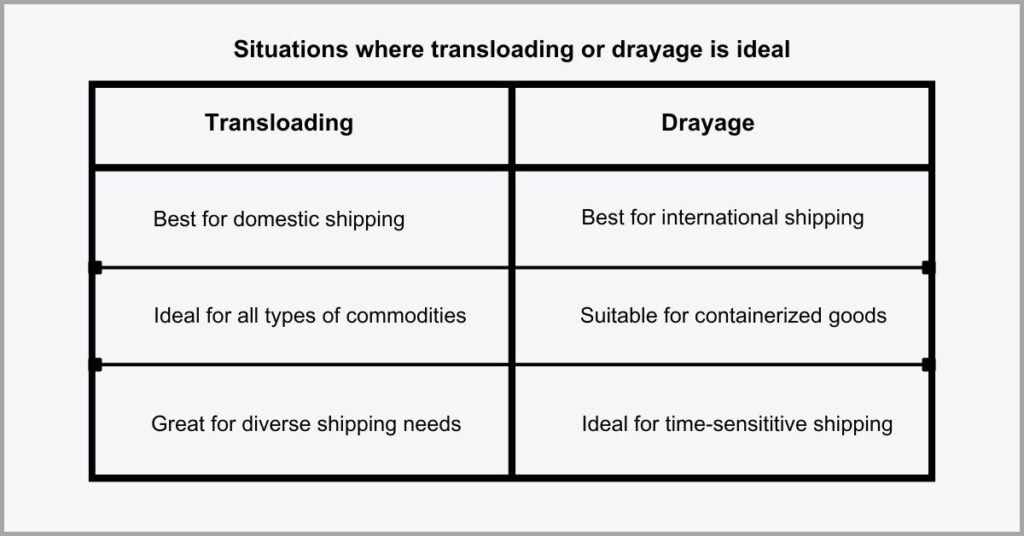
Are you shipping freight domestically or internationally?
The answer will determine which side of the transloading vs drayage divide proves beneficial. If you’re transporting goods domestically, transloading enables you to combine transportation modes like rail or freightfor more efficient overland shipping.
Drayage, on the other hand, makes overseas and international shipping more efficient. It often occurs during transloading and transshipment operations, enabling you to eventually move your freight from larger to smaller vessels using dry vans.
This, in turn, enables you to channel and move freight along two destinations that lack a direct port connection to help keep your freight moving across these shipping gaps.
Conclusion
Your shipping strategy affects freight forwarding sales.
When you use transloading when drayage is more suitable, freight delays can arise.
With the ability of your freight forwarding business to meet freight timelines a top priority for shippers, delays can lead to lost customers and lower revenue.
A survey by Project44 revealed that 20.7% of shippers consider past-on time performances when choosing shipping partners. This ranked among the top three criteria, which also include real-time shipment visibility and price.
With the information from this transloading vs drayage guide, you now know when to use each strategy to meet your clients’ shipping deadlines & needs. I also suggest using technology to give customers real-time shipping information to enhance satisfaction.
Click here to start your free transloads.co and improve your forwarding business.
Our software offers real-time shipment tracking and customer portals, both of which enables you to keep customers updated about freight, thereby improving satisfaction.

